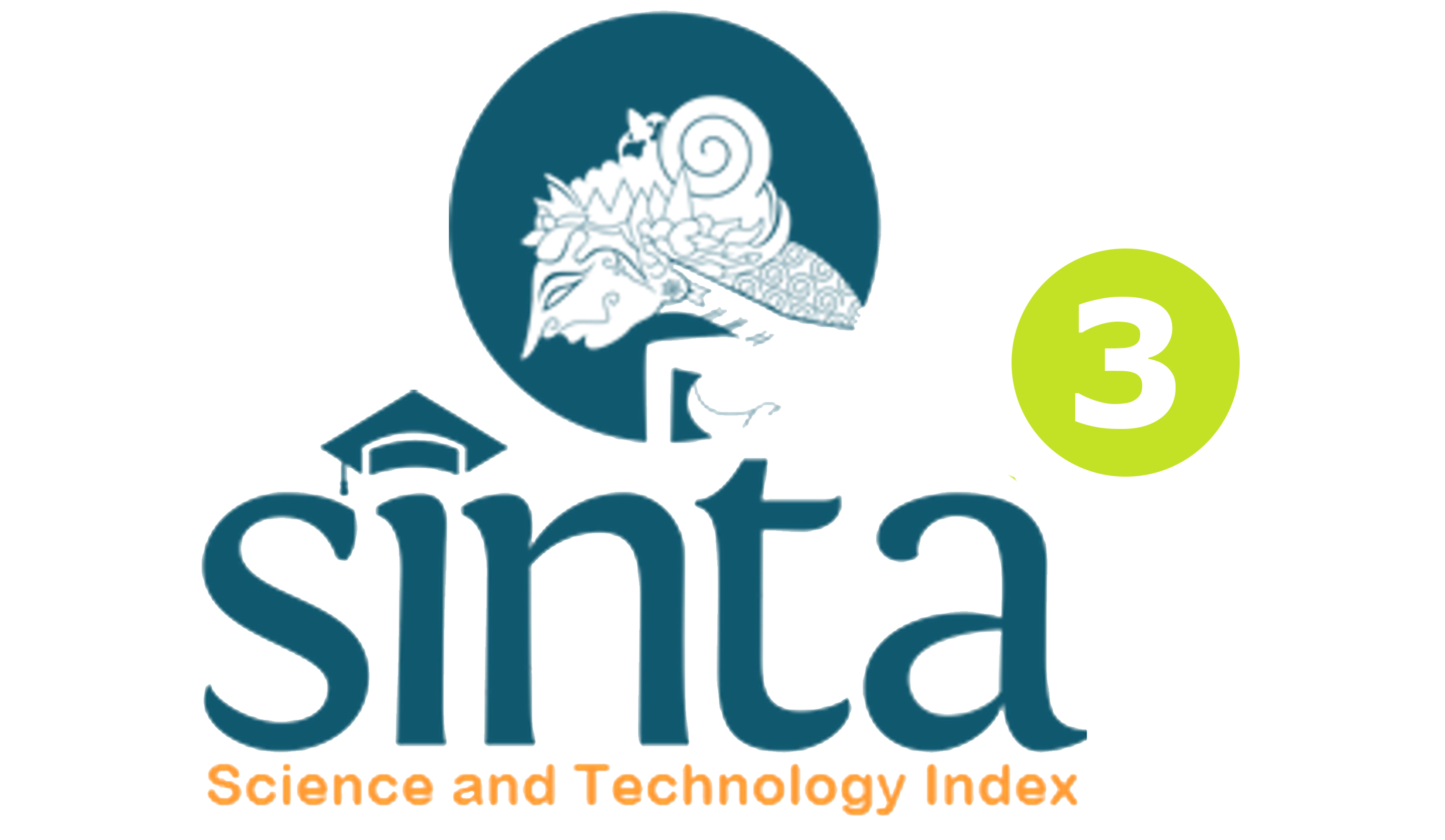PENERAPAN KONSELING BEHAVIORAL TEKNIK MODELING MELALUI KONSELING KELOMPOK UNTUK MENINGKATKAN MOTIVASI BELAJAR SISWA KELAS VIII 6 SMPN 2 SINGARAJA TAHUN PELAJARAN 2013/2014
DOI:
https://doi.org/10.23887/jibk.v2i1.3656Abstract
Penelitian ini adalah penelitian tindakan bimbingan konseling dengan tujuan untuk mengetahui peningkatan motivasi belajar siswa setelah diberikan konseling behavioral teknik modeling. Subjek pelaksanaan penelitian konseling behavioral teknik modeling ini adalah siswa kelas VIII 6 SMPN 2 Singaraja Semester Genap Tahun Pelajaran 2013/2014 yang memiliki motivasi belajar rendah. Siswa yang diberikan konseling behavioral teknik modeling sebanyak 8 orang siswa. Metode pengumpulan data yang digunakan adalah kuesioner. Data yang diperoleh dari responden diolah dengan analisis deskriptif. Selanjutnya untuk mengetahui perkembangan siswa dipantau dengan pedoman pengamatan/observasi. Penelitian ini dilakukan dalam dua siklus, setiap siklus terdiri dari tahap identifikasi, diagnosa, prognosa, konseling/treatment, evaluasi/follow up, dan refleksi. Hasil analisis menunjukkan adanya peningkatan motivasi belajar siswa sebelum tindakan dan sesudah tindakan. Hal ini dilihat dari hasil peningkatan sebelum tindakan dari 70.58% menjadi 85.17%. dan diperoleh peningkatan dari 70.58% menjadi 85.17% pada siklus II . Dari hasil penelitian menunjukkan bahwa konseling behavioral teknik modeling dapat meningkatkan motivasi belajar siswa. Jadi dapat disimpulkan bahwa semakin baik pemberian konseling behavioral teknik modeling melalui konseling kelompok digunakan dalam menangani siswa yang memiliki motivasi belajar rendah semakin baik hasil yang didapatkan.Kata Kunci : konseling behavioral, teknik modeling, motivasi belajar
This action research in counseling aimed at identifying the improvement of students’ motivation after given counseling behavioral modeling technique. Subject of the implementation of counseling behavioral modeling technique were VIII 6 class of SMPN 2 Singaraja in the even semester in academic year 2013/2014 who had low learning motivation. There were eight students who were given counseling behavioral modeling technique. The data collection method used was questionnaire. Data obtained from the respondents were analyzed by descriptive analysis. Furthermore, students' progresses were monitored by observation guidelines/observation. This research was conducted in two cycles, each cycle consisted of the identification, diagnosis, counseling/ treatment, evaluation/ follow-up, and reflection. The results of the analysis showed improvement of the students' motivation before and after the action. It can be seen from the result before the action that were 70.58% became 85.17% and there were improvement from 70.58% became 85.17% in cycle II. The results of the study showed that behavioral counseling modeling technique can enhance students' motivation. So, it can be concluded that, the better behavioral counseling through counseling group modeling technique are used in dealing with students who have low motivation, the better results obtained.
keyword : behavioral conceling, modelling technical, learning motivation.
Downloads
Published
Issue
Section
License
Jurnal Ilmiah Bimbingan Konseling Undiksha is an Open Access Journal. The authors who publish the manuscript in this journal agree to the following terms:
JIBK is licensed under a Creative Commons Attribution 4.0 International License. This permits anyone to copy, redistribute, remix, transmit and adapt the work provided the original work and source is appropriately cited.
This means:
Jurnal Ilmiah Bimbingan Konseling is licensed under a Creative Commons Attribution 4.0 International License.
(1) Under the CC-BY license, authors retain ownership of the copyright for their article, but authors grant others permission to use the content of publications in JIBK in whole or in part provided that the original work is properly cited. Users (redistributors) of JIBK are required to cite the original source, including the author's names, JIBK as the initial source of publication, year of publication, volume number, issue, and Digital Object Identifier (DOI); (2) The authors are the copyright owner of the article, and the author grants the JIBK held the first publication right.









.png)

.jpg)
